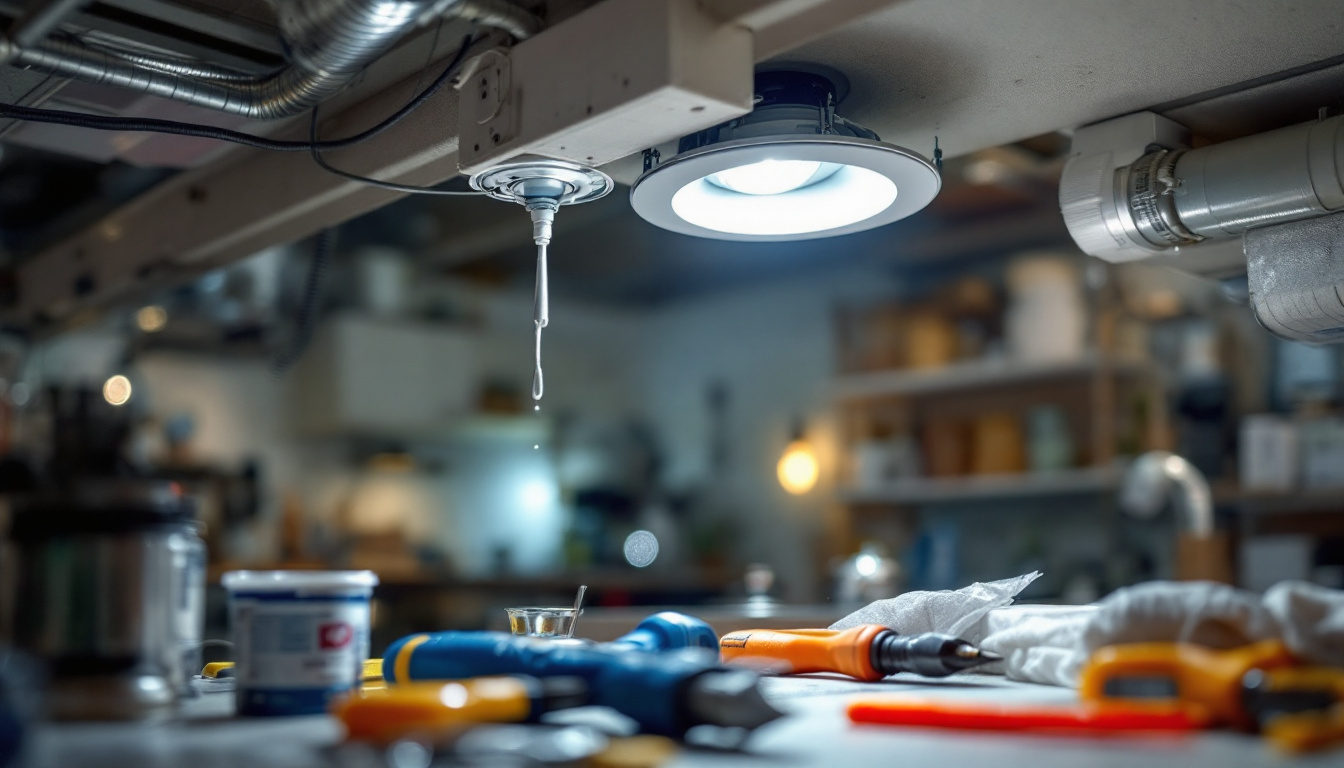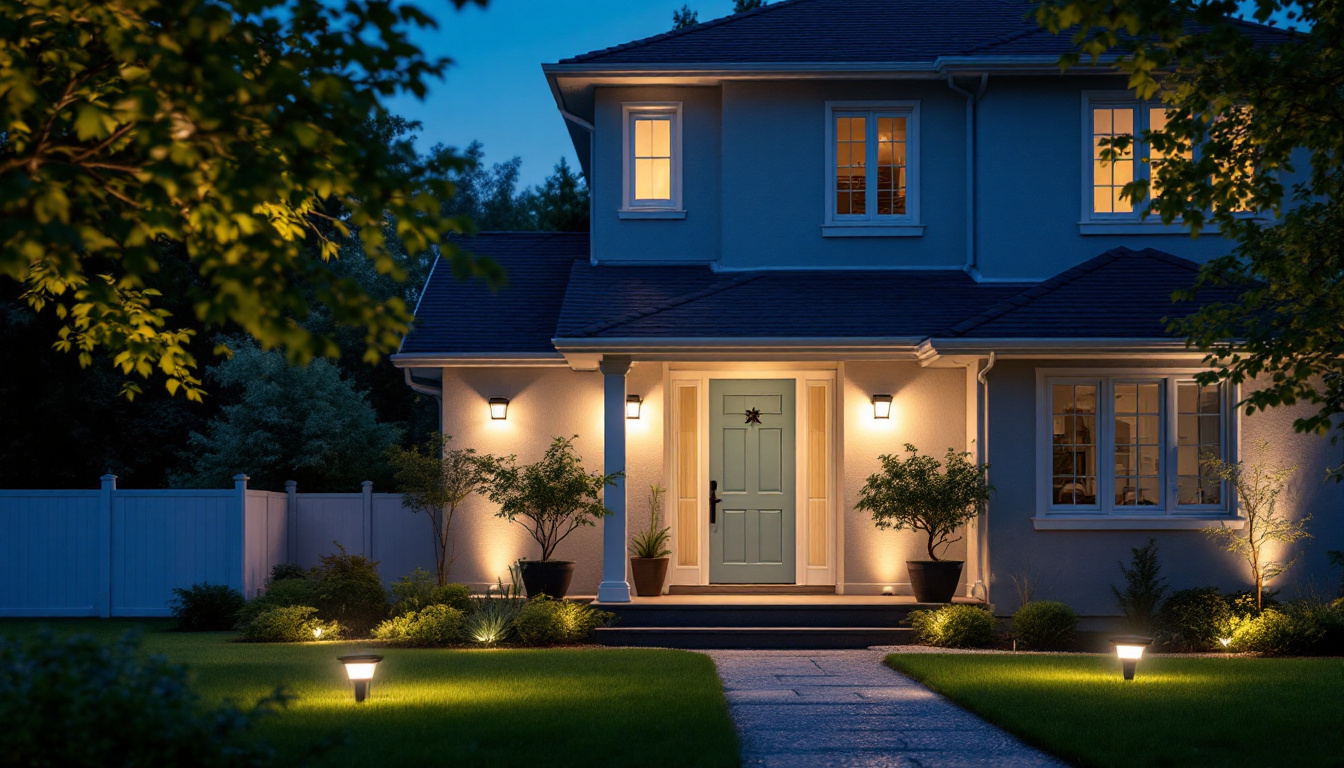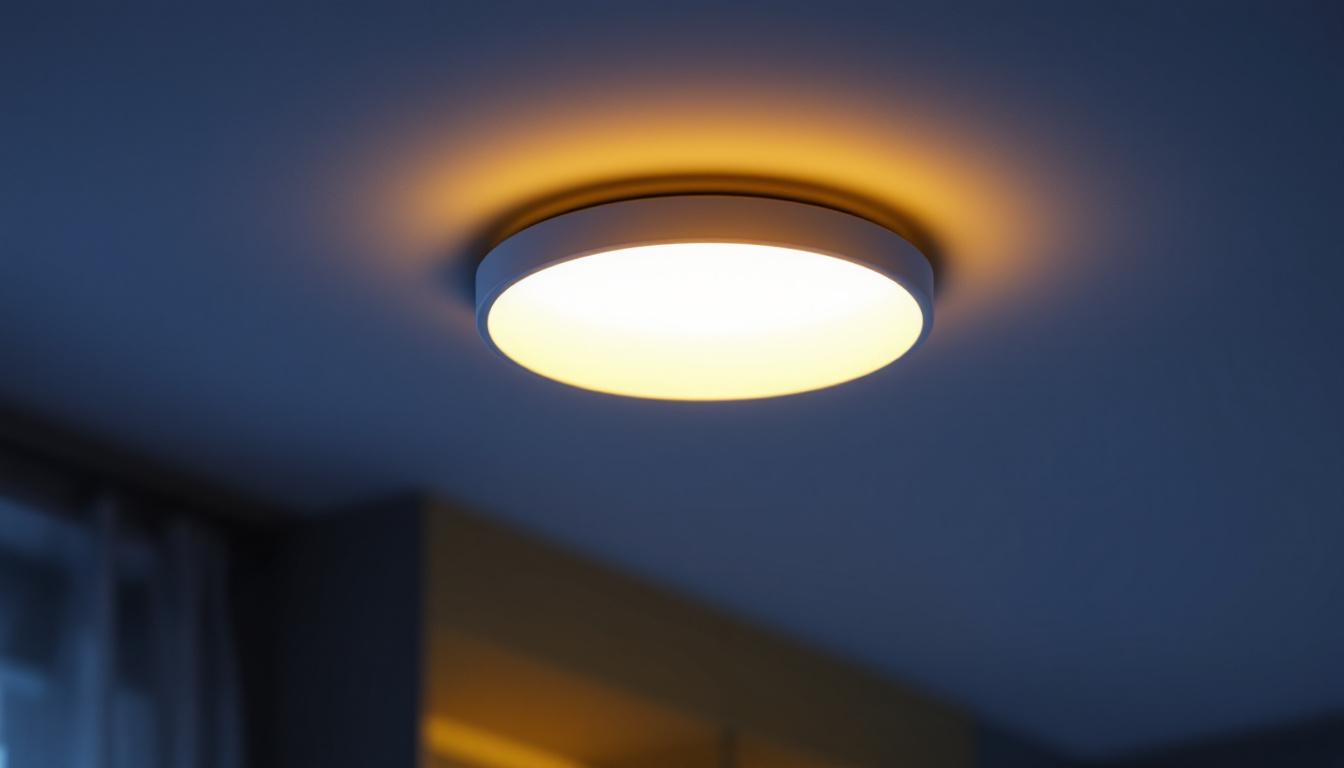
In the world of lighting, the transition from traditional canned lights to recessed lighting has become increasingly popular among homeowners and contractors alike. This shift not only enhances the aesthetic appeal of a space but also improves energy efficiency and functionality. For lighting contractors, understanding the best practices for using conversion kits to facilitate this transition is essential. This article delves into the best practices for converting canned lights to recessed lighting, providing valuable insights for professionals in the field.
Before diving into the best practices, it’s crucial to understand what a conversion kit is and how it functions. A conversion kit typically includes all the necessary components to replace a traditional canned light fixture with a recessed lighting system. These kits are designed to simplify the installation process, making it accessible for both seasoned contractors and DIY enthusiasts.
A standard conversion kit will usually include a new housing unit, trim, and necessary hardware. The housing unit is crucial as it houses the light source and provides the necessary support for the fixture. The trim, which is visible from the room, comes in various styles and finishes, allowing for customization to match the interior decor.
Additionally, many kits include LED bulbs, which are highly recommended due to their energy efficiency and longevity. Understanding the components of these kits will help contractors make informed choices that best suit their clients’ needs. It’s also worth noting that some advanced kits may come with integrated smart technology, allowing homeowners to control lighting through mobile apps or voice commands, further enhancing the user experience.
Conversion kits offer several advantages. Firstly, they save time and labor costs, as they are designed for straightforward installation. Secondly, they often come with energy-efficient lighting options, which can significantly reduce electricity bills for homeowners. Lastly, the versatility of these kits allows for various design choices, enabling contractors to cater to different styles and preferences.
Moreover, the use of conversion kits can lead to improved lighting quality in a space. Recessed lighting provides a clean, modern look and can be strategically placed to highlight architectural features or artwork, creating a more inviting atmosphere. Additionally, these kits often come with adjustable features, such as tilt or swivel capabilities, allowing for better light distribution and flexibility in illuminating different areas of a room. This adaptability makes conversion kits not only a practical choice but also a stylish one, enhancing the overall aesthetic appeal of any interior space.
Proper preparation is key to a successful installation. Before beginning the conversion process, contractors should take several important steps to ensure a smooth workflow and a high-quality outcome.
Before proceeding with the installation, it is essential to assess the existing canned light fixtures. This includes checking the wiring, the condition of the housing, and the overall layout of the lighting in the room. Understanding the current setup will help identify any potential challenges and determine the best approach for the conversion.
Additionally, it is important to consider the ceiling type and height. Different ceilings may require different types of recessed lighting fixtures, and understanding these requirements beforehand can save time and effort during installation.
Having the right tools on hand is crucial for a successful installation. Common tools required for this process include a drill, wire cutters, a voltage tester, and a stud finder. It is also advisable to have safety equipment, such as goggles and gloves, to ensure a safe working environment.
In addition to tools, contractors should ensure they have all components of the conversion kit readily available. This includes the housing unit, trim, LED bulbs, and any additional hardware needed for installation.
The installation process for converting canned lights to recessed lighting involves several steps. By following a systematic approach, contractors can ensure a professional finish and minimize the risk of errors.
The first step in the installation process is to safely remove the existing canned light fixture. This involves turning off the power at the circuit breaker and using a voltage tester to confirm that the power is off. Once it is safe to proceed, the fixture can be carefully unscrewed and removed from the ceiling.
During this step, it is important to take note of the wiring configuration, as this will be crucial for connecting the new recessed lighting fixture. Proper documentation or labeling can be beneficial to avoid confusion later in the installation process.
Once the old fixture has been removed, the next step is to install the new recessed lighting fixture. Begin by following the manufacturer’s instructions included with the conversion kit. Typically, this involves securing the housing unit into the ceiling opening and ensuring it is level and properly aligned.
After securing the housing, the wiring must be connected. This step requires careful attention to detail, as incorrect wiring can lead to electrical issues or even hazards. Once the wiring is connected, the trim can be installed, completing the fixture setup.
After the installation is complete, it is essential to test the new recessed lighting to ensure everything is functioning correctly. This involves turning the power back on and checking each fixture for proper operation.
Safety should always be a priority when working with electrical systems. After testing the lights, contractors should perform a thorough safety check. This includes inspecting all connections for any signs of overheating or loose wiring. It is also advisable to check that the fixtures are securely mounted and that there are no gaps that could allow dust or debris to enter the housing.
If any issues are identified during testing, adjustments should be made promptly. This could involve tightening connections, adjusting the position of the fixture, or even replacing components if necessary. Ensuring that everything is in optimal condition will contribute to the longevity and performance of the recessed lighting system.
When converting canned lights to recessed lighting, design considerations play a significant role in achieving the desired aesthetic and functionality. Lighting contractors should be well-versed in various design elements to provide clients with the best options available.
The trim style can dramatically affect the overall look of the recessed lighting. There are several options available, including baffle, reflector, and adjustable trims. Each style serves a different purpose and can complement various interior designs.
For instance, baffle trims are excellent for reducing glare, making them suitable for living spaces. Reflector trims, on the other hand, are ideal for areas where maximum brightness is desired, such as kitchens or workspaces. Understanding the client’s needs and preferences will guide the selection of the most appropriate trim style.
Proper placement and spacing of recessed lights are critical for achieving optimal illumination. A common rule of thumb is to space the lights approximately 4 to 6 feet apart, depending on the height of the ceiling and the desired brightness of the room.
Additionally, contractors should consider the function of the space. For example, in areas where tasks are performed, such as kitchens or home offices, more concentrated lighting may be necessary. On the other hand, ambient lighting for living rooms or bedrooms may require a softer approach.
With the growing emphasis on sustainability and energy efficiency, contractors must be aware of the options available for eco-friendly lighting solutions. Transitioning to recessed lighting can significantly reduce energy consumption, especially when using LED bulbs.
LED lights are known for their energy efficiency, consuming up to 80% less energy than traditional incandescent bulbs. They also have a longer lifespan, which means less frequent replacements and reduced waste. For contractors, recommending LED options not only benefits the environment but also appeals to cost-conscious clients.
Integrating smart technology into recessed lighting systems can further enhance energy efficiency. Smart bulbs and lighting controls allow homeowners to adjust brightness levels, set schedules, and even control lighting remotely via smartphones. This added convenience can be a significant selling point for contractors looking to provide cutting-edge solutions.
While converting canned lights to recessed lighting can be a straightforward process, several common challenges may arise. Understanding these challenges and having solutions ready can help contractors navigate the installation process more effectively.
One of the most common challenges faced during installation is dealing with existing wiring issues. In some cases, the wiring may not be compatible with the new recessed fixtures. Contractors should be prepared to troubleshoot these issues, which may involve rewiring or upgrading the electrical system to meet current standards.
Additionally, ensuring that the circuit can handle the load of the new fixtures is crucial. If not, it may be necessary to consult with an electrician for further assistance.
Another challenge that may arise is addressing aesthetic concerns, particularly if the new recessed lights do not match the existing decor. Contractors should communicate with clients about their preferences and offer suggestions for trim styles and finishes that will complement the overall design of the space.
The transition from canned lights to recessed lighting can significantly enhance the functionality and aesthetic appeal of a space. By utilizing conversion kits and following best practices, lighting contractors can provide clients with a seamless and efficient installation process. Understanding the components of conversion kits, preparing for installation, and addressing design considerations are all essential steps in achieving a successful outcome.
As the demand for energy-efficient and aesthetically pleasing lighting solutions continues to grow, staying informed about the latest trends and technologies will position contractors for success in the ever-evolving lighting industry. By embracing these best practices, lighting professionals can ensure that their clients receive the highest quality service and results.
Ready to elevate your lighting installations with the best in the business? Look no further than LumenWholesale for all your recessed lighting needs. Our spec-grade lighting products are designed to meet the highest industry standards, ensuring your projects shine with reliability and performance. With unbeatable wholesale prices and the convenience of free shipping on bulk orders, you can trust LumenWholesale to provide premium lighting solutions that are both cost-effective and of exceptional quality. Don’t let middleman markups dim your potential. Choose LumenWholesale and experience wholesale lighting at the best value today!

Discover how security lights with motion sensors are transforming the landscape for lighting contractors.

Discover essential tips and common pitfalls for lighting contractors in this comprehensive guide.

Illuminate your space with ease using stick-on under cabinet lights.

Discover how surface mount recessed lights are revolutionizing the lighting industry for contractors.